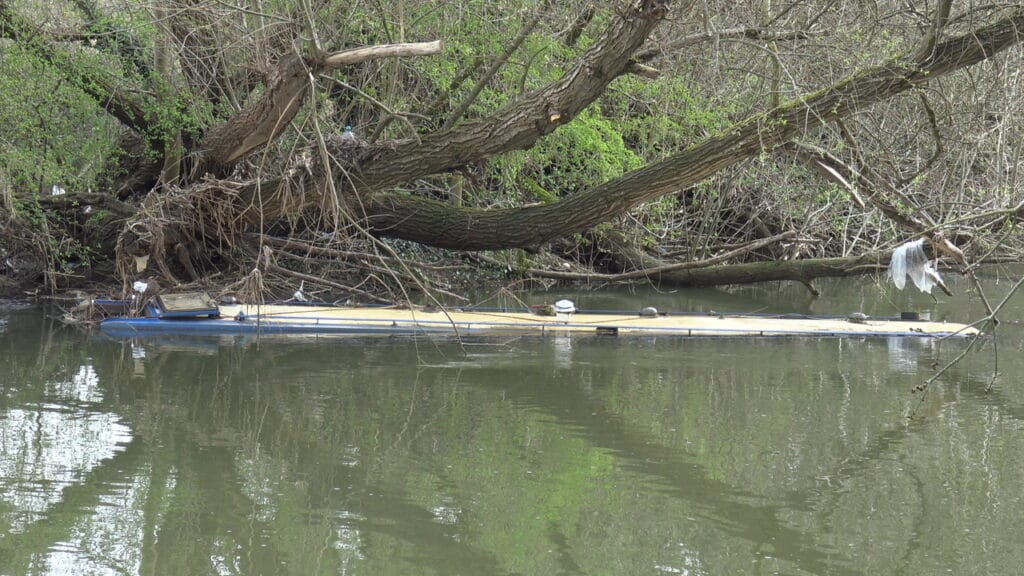River Canal Rescue calls for boaters to change winter fuel storage strategy

Marine breakdown assistance firm River Canal Rescue (RCR) is advising boaters to revise their winter fuel storage strategies following a rise in cases of ‘sticky fuel’. This issue, which differs from typical fuel contamination, can lead to problems such as seized injection pump racks, failed fuel injectors, blocked filter head plungers and obstructed return lines.
According to RCR, all reported cases share a common factor: the use of fuel treatments. While these treatments are not directly to blame, there may be a link between their chemical breakdown and stored fuel. Diesel generally has a shelf life of about six months, after which both the fuel and any added treatments may begin to degrade.
Managing director Stephanie Horton explains: “Over winter, where previously I would advise to fill tanks to prevent condensation build-up, best practice now is to leave them empty and upon return, drain off any water build-up, treat the remaining fuel and then add fresh. If using a fuel treatment, given we know chemicals start to break down within six months and we believe this is one of the contributing factors, use it within six to 12 months of purchase.”
Sticky fuel differs from standard fuel contamination. While sticky fuel appears clear, it leaves a residue that disrupts engine function. In contrast, contaminated fuel often shows visible signs such as cloudiness, water, rust, or debris. These contaminants can block filters and fuel lines, causing engines to run poorly or fail.
How to identify sticky fuel
To identify sticky fuel, Horton recommends taking a sample and placing it in a clear glass jar on a windowsill in the light. Initially, the fuel should appear clear, but if it becomes cloudy after a few days, it may be affected. This simple test can help boaters assess their fuel before deciding on further action.
If sticky fuel is detected, RCR advises removing and disposing of the affected fuel. Services such as Fuel Doctor or Wrong Fuel can handle this process, providing fresh fuel and removing the contaminated supply. These services typically cost between £150 and £180 and include delivery of 20 litres of fresh fuel. Alternatively, boatyards equipped with pumping systems can assist, particularly where access is limited.
Horton notes that after refuelling with fresh diesel, boaters should avoid using treatments for a while, as fresh fuel often cleans residue in the system. She adds: “Winns injector cleaner is also good at clearing signs of sticky fuel in the system, however in most cases, the fuel will still need to be removed.”

The sticky fuel issue first came to RCR’s attention in December 2020, when engineers reported an increase in fuel-related call-outs. Symptoms included a sticky residue clogging engine components, such as injectors and pump racks. Despite extensive testing, fuel samples appeared clear, with no visible signs of contamination. However, the samples often emitted a distinctive smell, akin to turpentine or paint thinners.
Analysis of these cases, supported by engine distributor Barrus, revealed that the contamination level was too small to be detected in typical testing. Over the past four years, RCR says it has worked to develop strategies to minimise residue build-up and prevent further engine damage.











